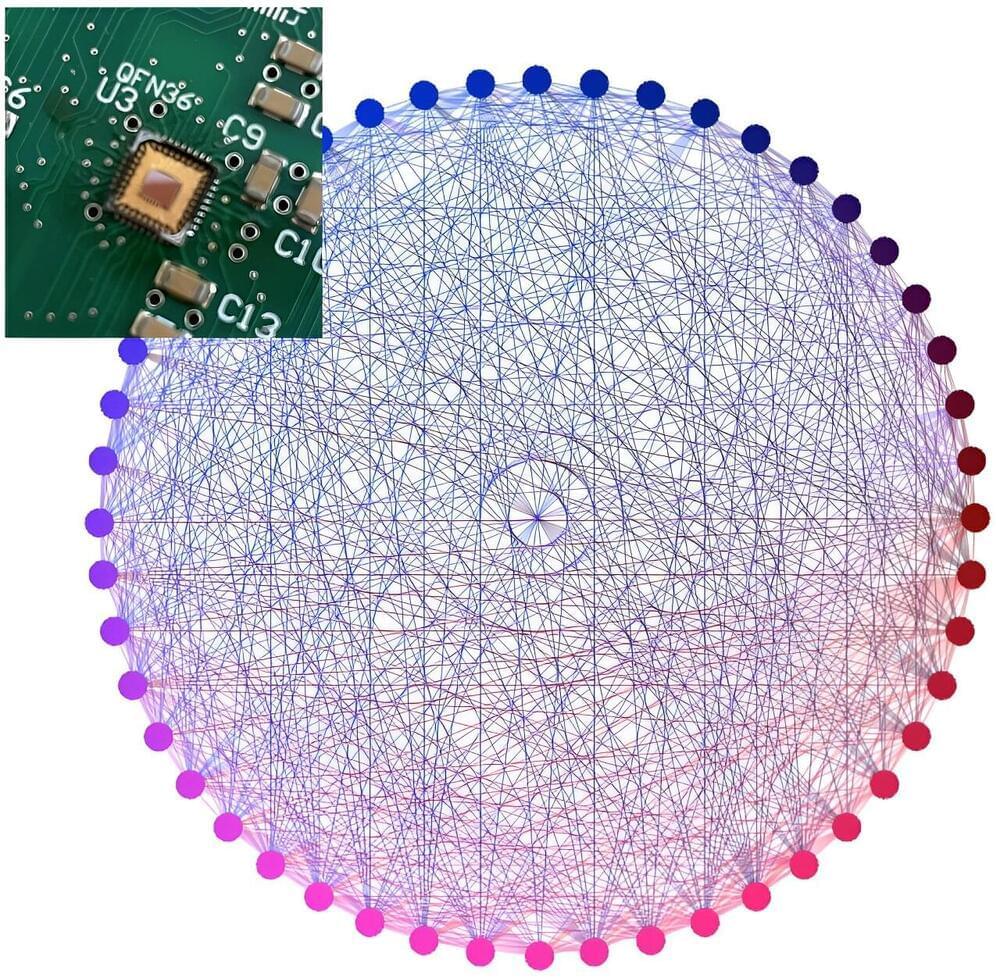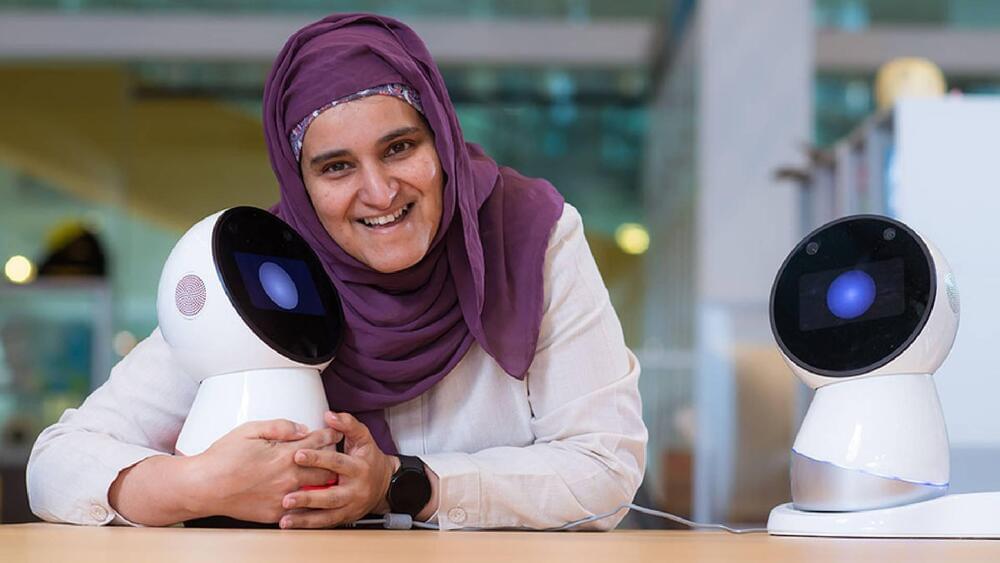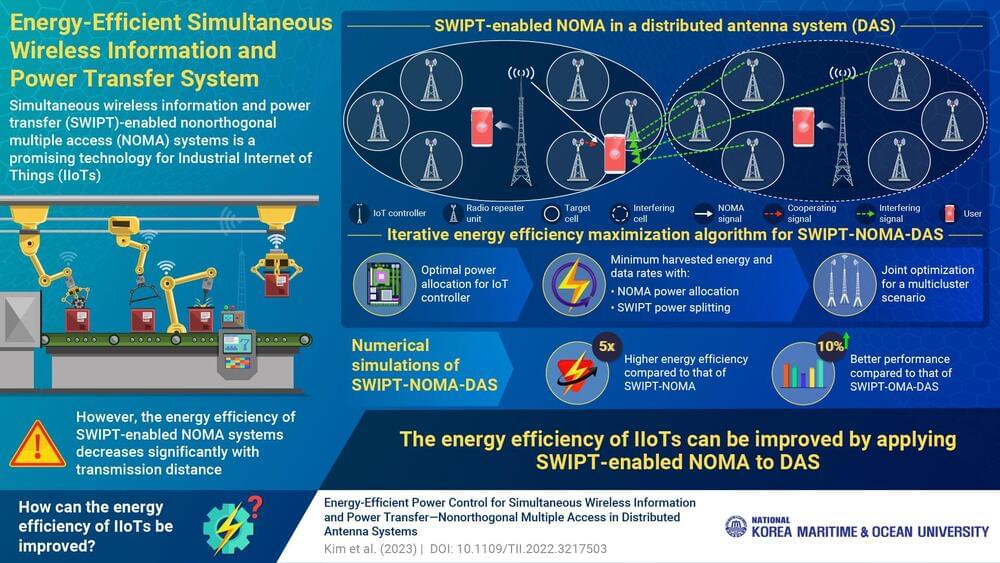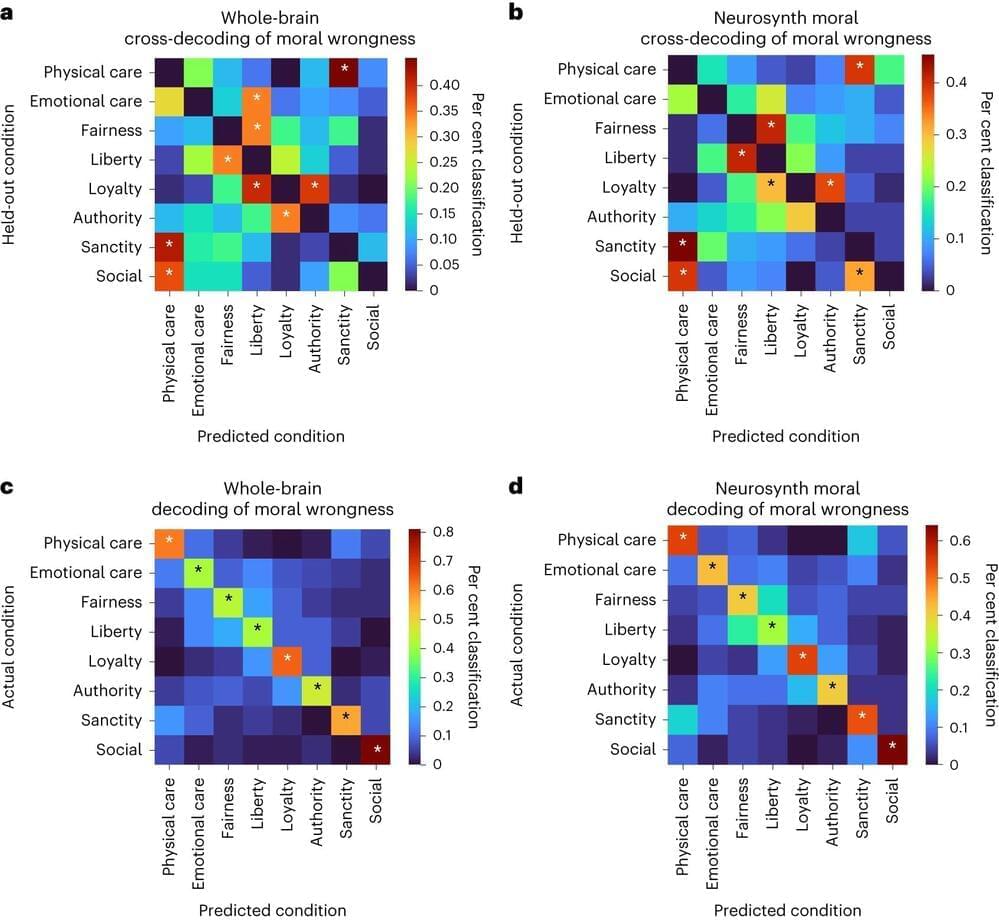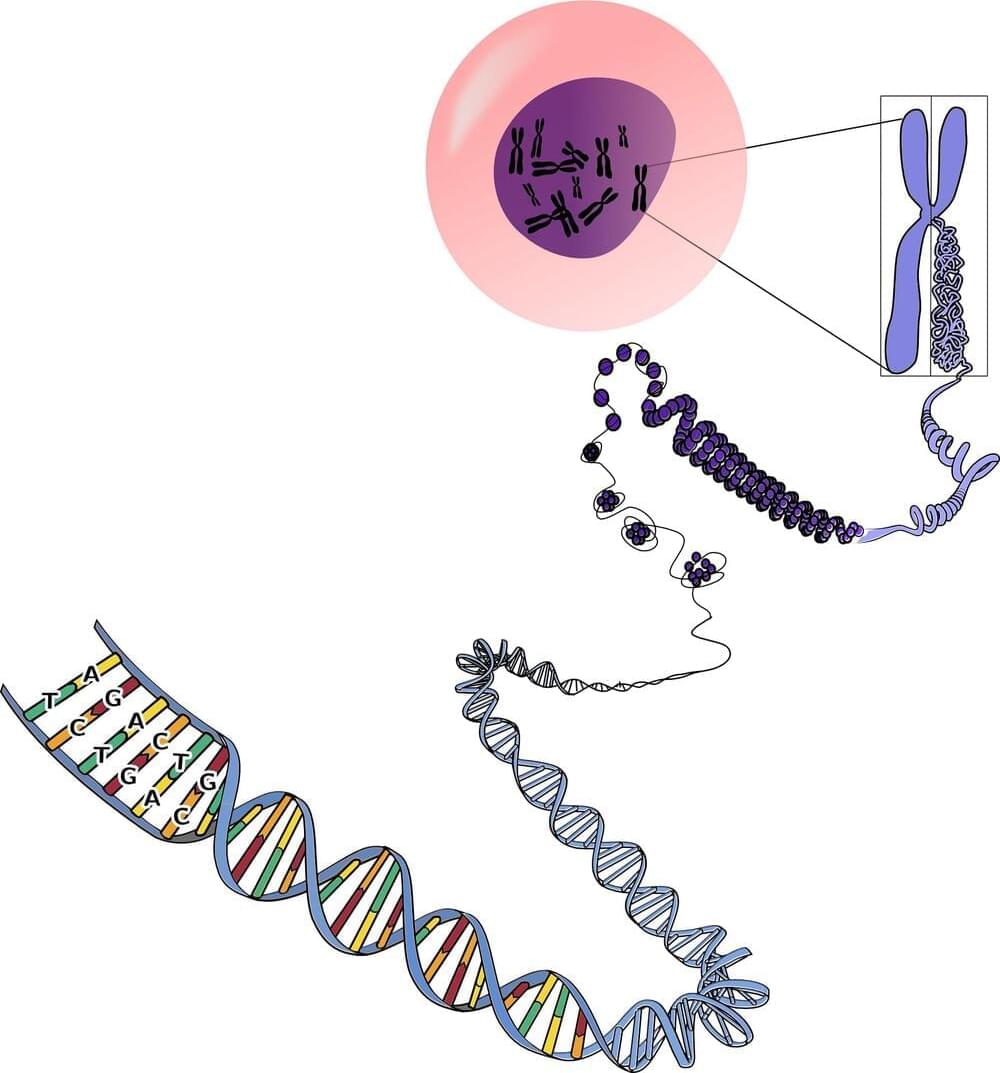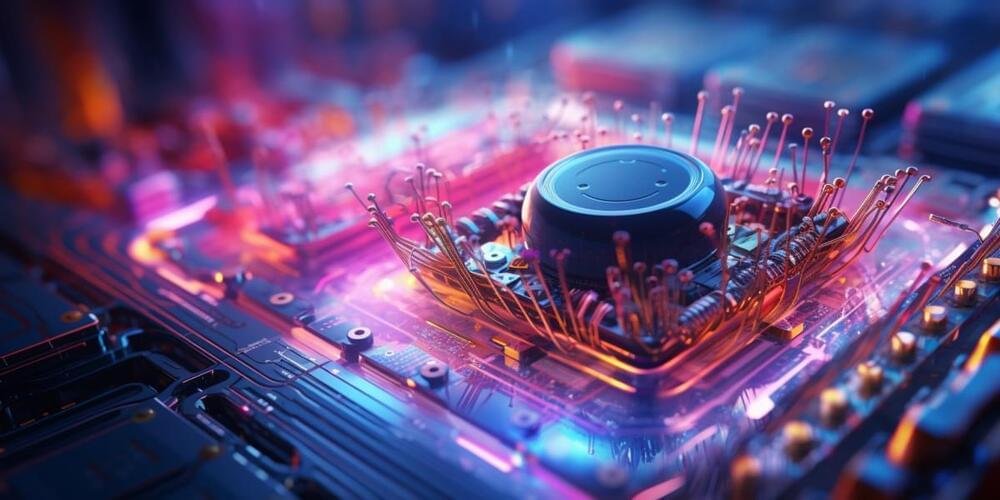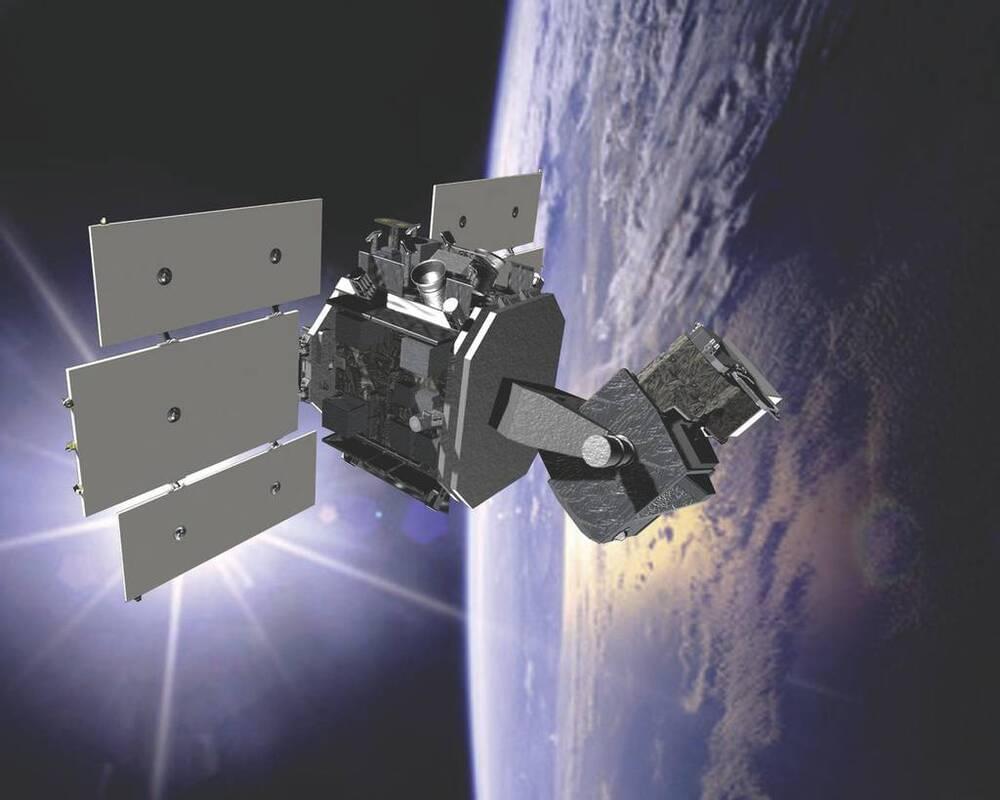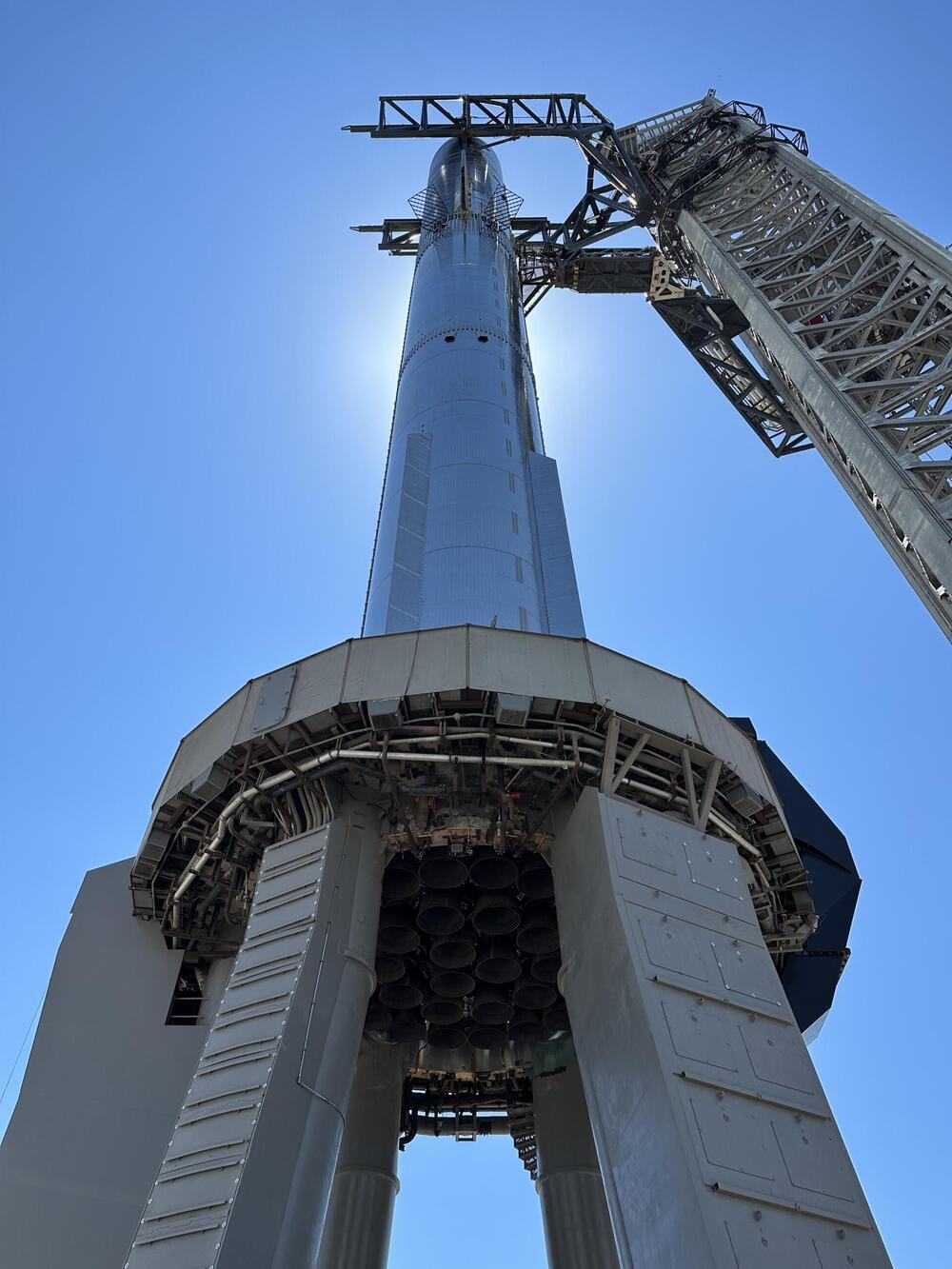Sep 11, 2023
Scientists Build Computer Chips Out of Mushrooms
Posted by Jose Ruben Rodriguez Fuentes in categories: biotech/medical, computing
Excitingly, the researchers told New Scientist that if kept out of UV light, the products have the potential to last for a very long time. When it ultimately comes time to sunset the device, the substrate can simply be placed in soil, where it will biodegrade — thus naturally separating from the more recyclable computer components that the substrates hold.
The results have been promising. According to a press release, the material was tested by soldering a standard computer chip into it — and the researchers say the mushroom skin did pretty a solid job. And though it’s not ready for production just yet, the hope is that one day this mycelium material will become the substrate norm for printed circuit boards, flexible electronics, and even some medical devices.
“The prototypes produced are impressive,” Andrew Adamatzky, a computer scientist at the University of the West of England, told New Scientist, “and the results are groundbreaking.”

